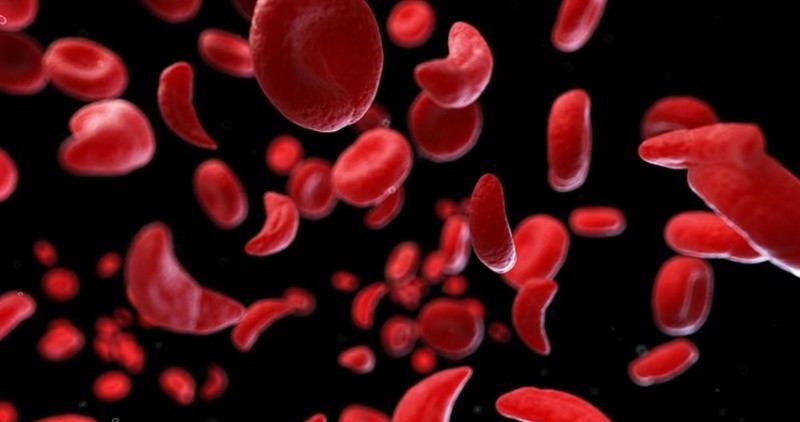
Understanding Sickle Cell Disease: World Sickle Cell Day, June 19 - Sickle cell disease is a genetic condition that affects hemoglobin, the molecule in red blood cells responsible for carrying oxygen throughout the body. Normally, hemoglobin is round and flexible, allowing red blood cells to move easily through blood vessels. However, in sickle cell disease, a genetic mutation causes the hemoglobin to form into stiff, crescent or sickle-shaped cells.
These abnormally shaped cells are fragile and can easily stick together and block small blood vessels, leading to reduced blood flow. This blockage can cause pain, anemia, infections, and other serious health problems. The most common type of sickle cell disease is called sickle cell anemia.
World Sickle Cell Day: June 19
World Sickle Cell Day is observed on June 19th each year to raise awareness about sickle cell disease and to support those affected by it. The day aims to increase public knowledge and understanding of the challenges faced by individuals and families living with sickle cell disease.
Symptoms of Sickle Cell Disease
People with sickle cell disease may experience a range of symptoms, including:
While there is currently no universal cure for sickle cell disease, treatments and management strategies can help alleviate symptoms and improve quality of life. These may include:
Public awareness, early diagnosis, and ongoing medical care are crucial for managing sickle cell disease. Testing for sickle cell disease is often performed shortly after birth as part of newborn screening programs in many countries.
World Sickle Cell Day is an opportunity to promote awareness and education about sickle cell disease, support affected individuals and families, and advocate for better access to treatment and care. By increasing understanding and support, we can improve the lives of those living with sickle cell disease.
READ MORE:
Autistic Pride Day: Understanding What It Is and How It's Celebrated
Why These Health Conditions Affect Women More Severely Than Men?
Feeling Dizzy All the Time? Here are 5 Ways to Get Rid of LightheadednessDon’t Let Diabetes Dampen Your Health: Nutrient-Rich Treats This Summer